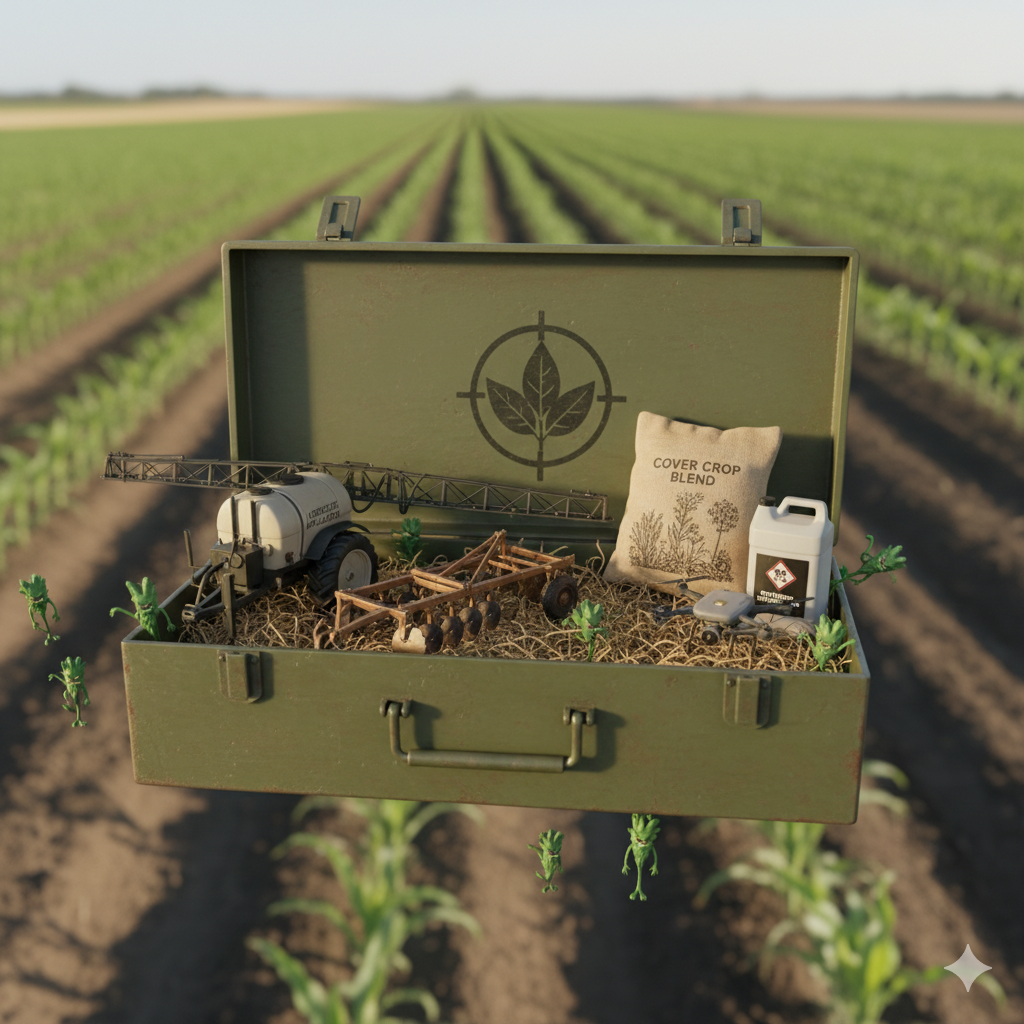
Weeds continue to be increasingly challenging each year with herbicide resistance concerns on the rise, persistent challenging environmental conditions, and further spreading across the state (particularly with waterhemp).

Weeds continue to be increasingly challenging each year with herbicide resistance concerns on the rise, persistent challenging environmental conditions, and further spreading across the state (particularly with waterhemp).
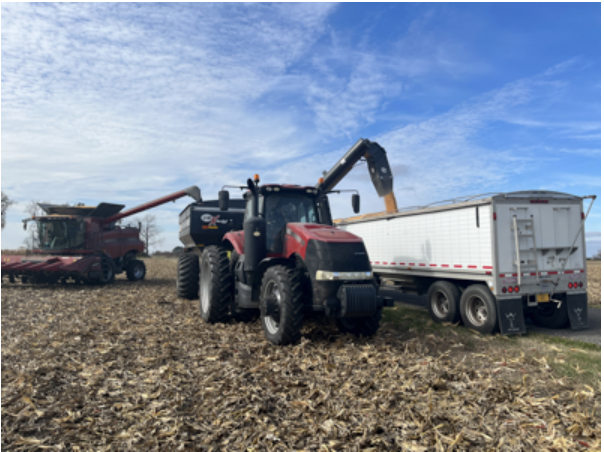
Corn grain is composed of dry matter (the important stuff) plus a certain amount of water. In other words, some of the “grain” weight that farmers sell to the grain buyer is actually water, not dry matter.
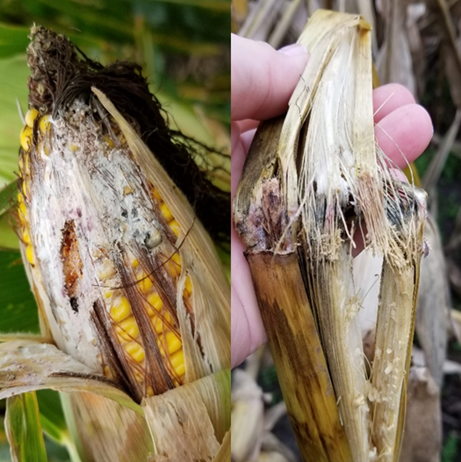
It is now time to evaluate fields for any stalk or ear rot symptoms. This will aid in making assessments about field harvest order and if there is a risk of mycotoxin contamination.
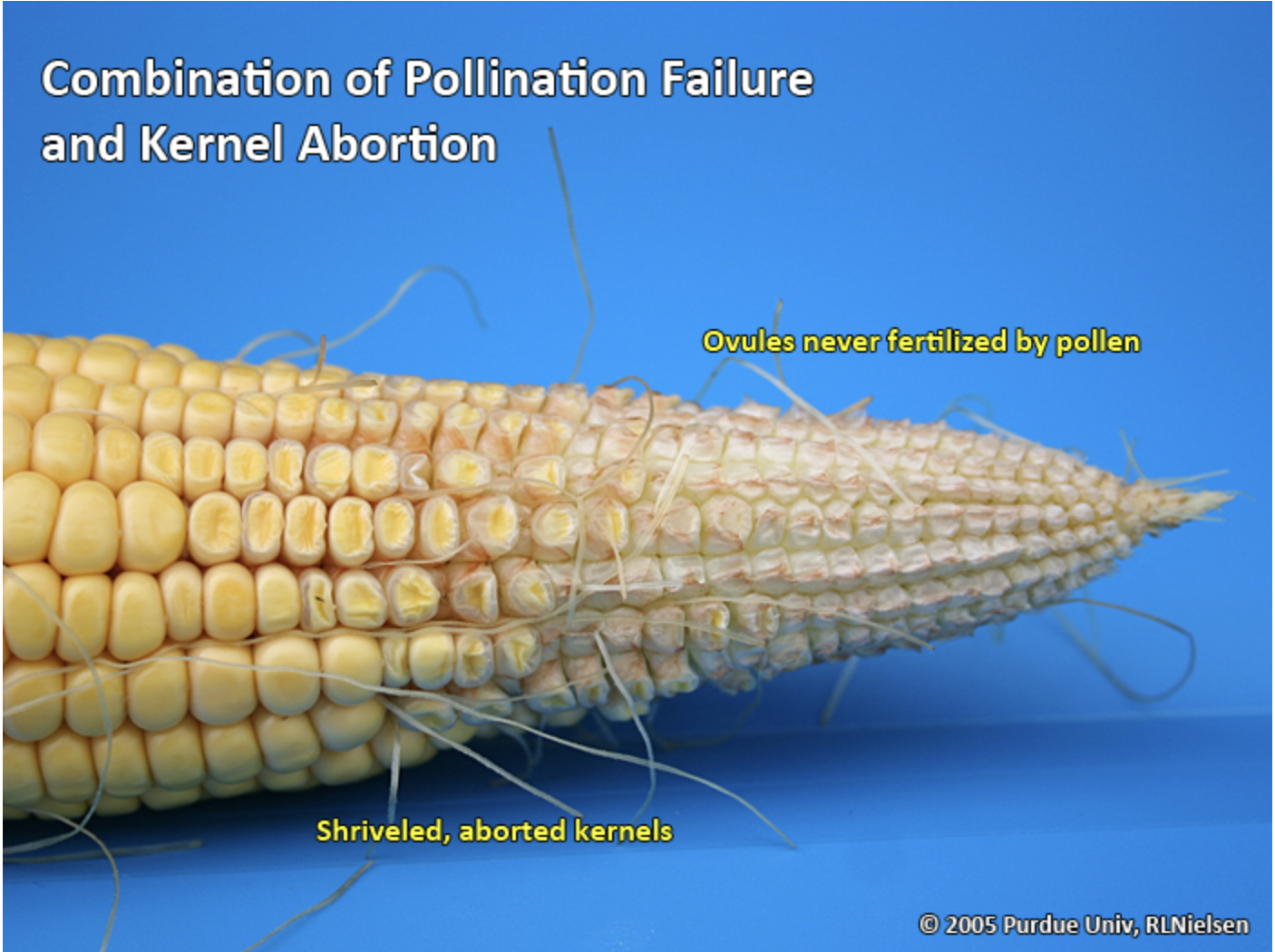
Yield potential in corn is influenced at several stages of growth and development.
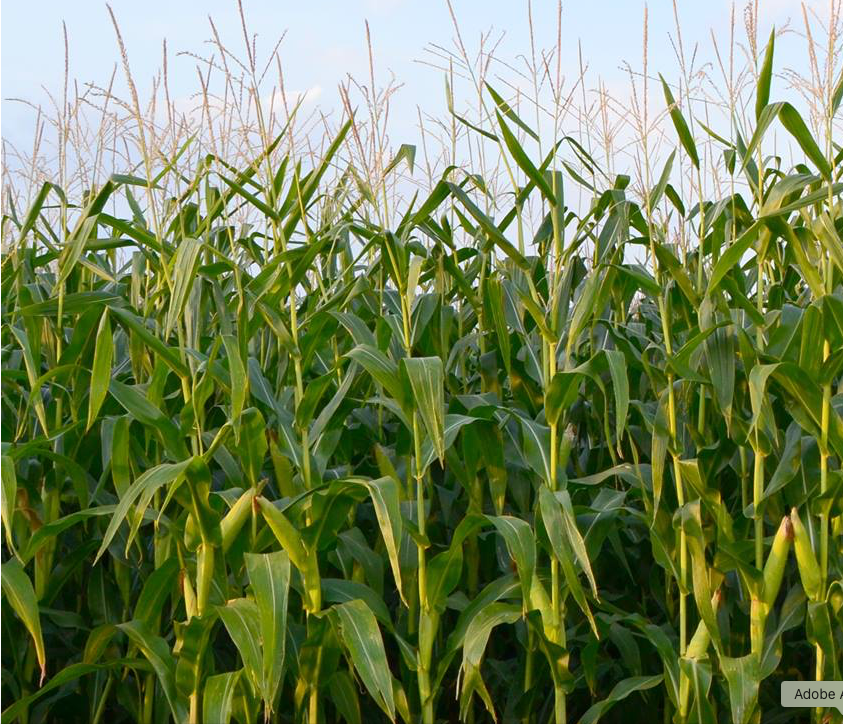
When it gets very hot and very humid, people see the fields of tall, green corn and point the finger at these fields. Corn is not making your days more humid unless you are walking in corn fields all day.

The post-pollination scuttlebutt overheard in coffee shops throughout Indiana during mid- to late summer often revolves around the potential for severe stress that might reduce kernel set or kernel size in neighborhood cornfields.

One of the more unusual issues showing up in Indiana corn fields this summer is “tassel wrapping”, a phenomenon where the uppermost leaves, including the flag leaf, remain tightly wrapped around the developing tassel (Figure 1).
This half-day event will provide insight into the latest in grain and fiber hemp production, crop diversification, post-harvest handling, and product development.

We live in a life of averages. GasBuddy, a crowd-sourced app, reported the highest national average price of gas was $3.70 in 2024.
REGISTER HERE Field Day Schedule • Wednesday, July 30, 2025 • Agronomy Center for Research and Education • 4750 US Highway 52 West, West Lafayette, IN 47906 • Sign in from 8:30 – 9:00 am EST in the Beck Center • Demonstrations from 9:00 am – 1:45 pm EST • Lunch from 11:45 am – 12:30 pm EST Field day topics • Grain and fiber production research • Crop diversification • Post-harvest handling and processing • Application of hemp in food science • Hemp for animal agriculture Please join us for the 2025 Hemp Field Day! This half-day event will provide insight into the latest in grain and fiber hemp production, crop diversification, post-harvest handling, and product development. Researchers, farmers, and industry professionals will share their projects and real-world experiences. Speakers will present the latest research, and attendees will get the chance to speak with current hemp growers and walk[Read More…]
© 2025 Purdue University | An equal access/equal opportunity university | Copyright Complaints | Maintained by Pest&Crop newsletter
If you have trouble accessing this page because of a disability, please contact Pest&Crop newsletter at luck@purdue.edu.